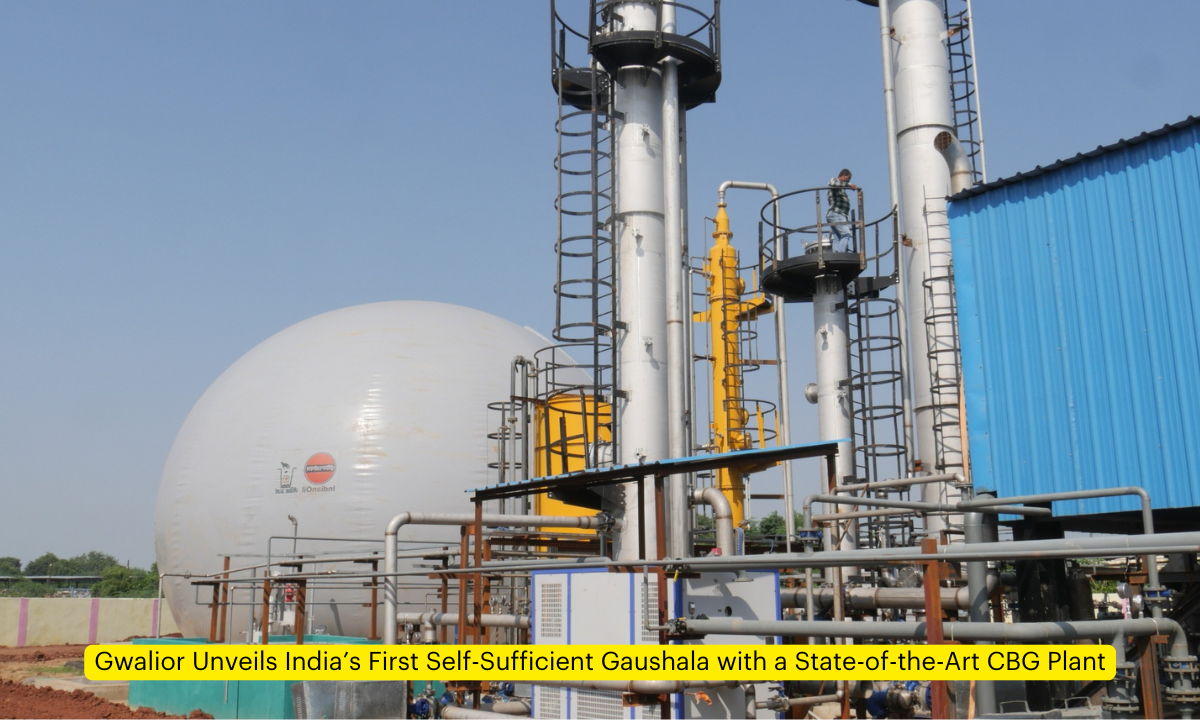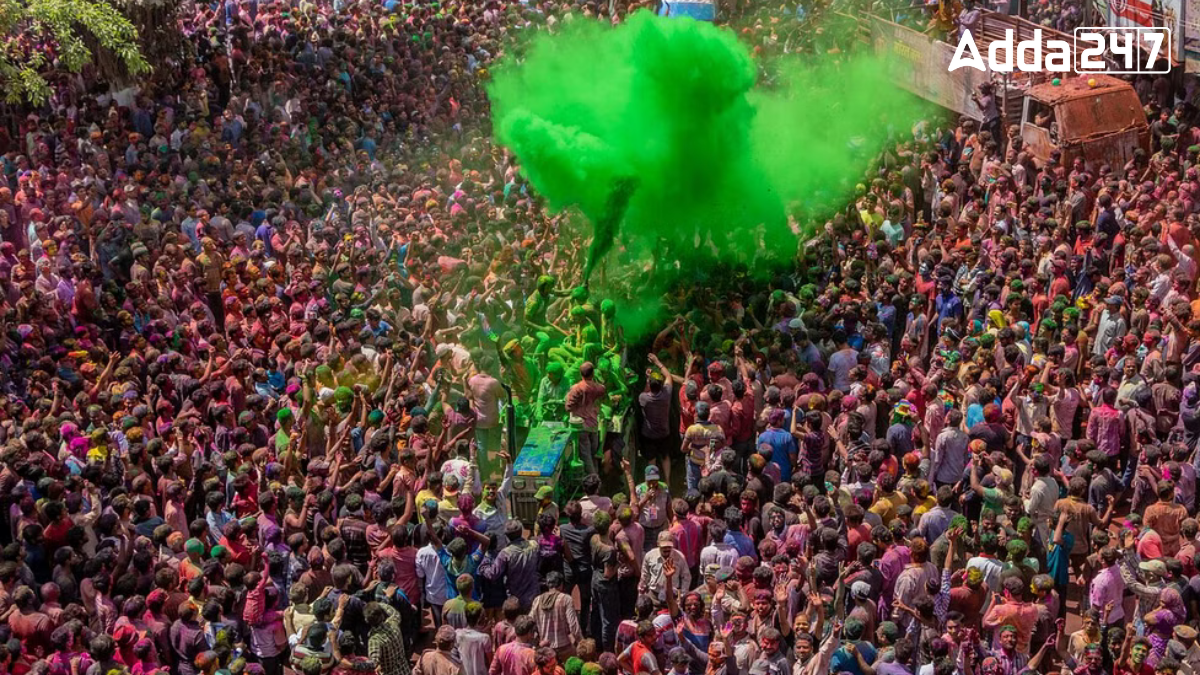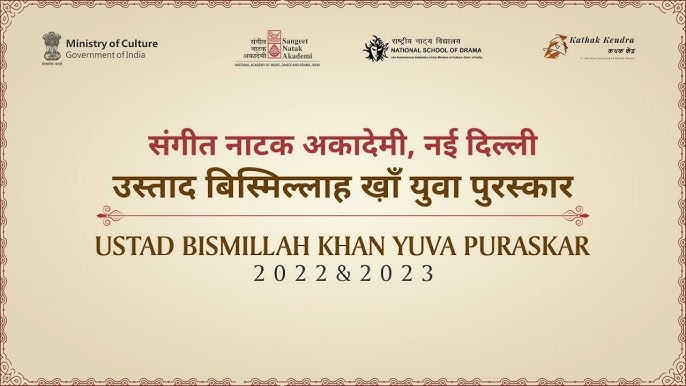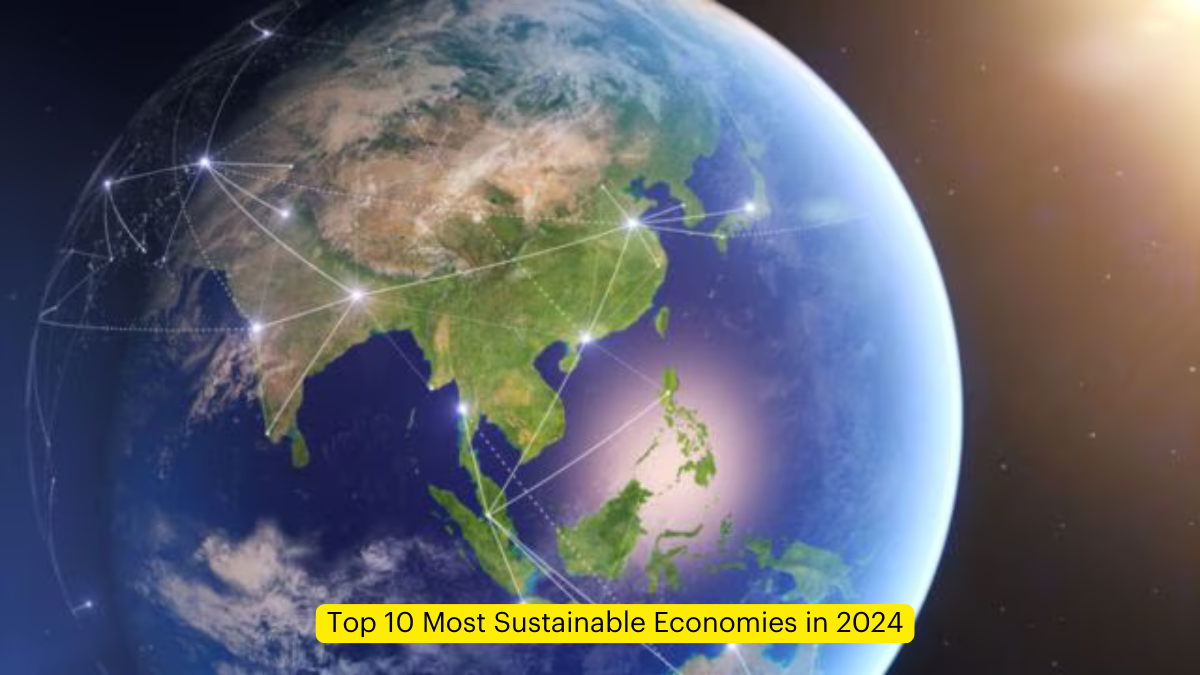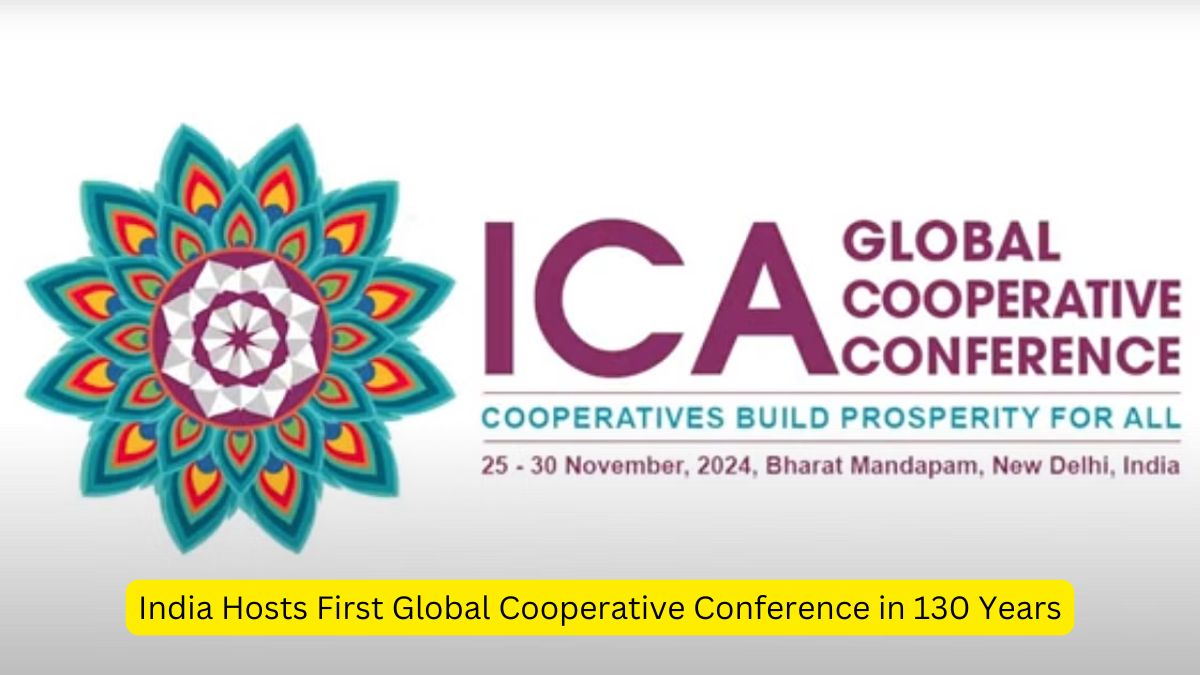In a groundbreaking initiative, Prime Minister Narendra Modi inaugurated India’s first modern, self-sufficient gaushala in Laltipara, Gwalior, Madhya Pradesh. The gaushala, named Adarsh Gaushala, houses a state-of-the-art Compressed Bio-Gas (CBG) plant, marking a major milestone in India’s journey toward achieving sustainable development and promoting green energy solutions. This project reflects Modi’s vision of turning “Waste to Wealth”, highlighting how organic waste can be transformed into valuable resources.
A Modern Gaushala with a Vision
The Adarsh Gaushala is operated by the Gwalior Municipal Corporation and is home to over 10,000 cattle. It stands out as a self-reliant model, utilizing cattle dung and organic waste to generate compressed biogas and organic manure.
Key Features of the Gaushala
Compressed Biogas (CBG) Plant:
- The CBG plant processes 100 tons of cattle dung daily.
- It produces 2-3 tons of compressed Bio-CNG daily.
Organic Manure Production:
- The plant generates 10-15 tons of dry bio-manure daily, a critical resource for organic farming.
Sustainable Waste Management:
- Vegetable and fruit waste collected from mandis (local markets) and households is processed to produce biogas.
- The plant also incorporates windrow composting facilities, further enhancing its waste management capacity.
Technical and Economic Details of the Project
Collaboration with Indian Oil Corporation
The CBG plant is a result of a Rs. 31 crore investment and a partnership between the Gwalior Municipal Corporation and the Indian Oil Corporation. Spread across 5 acres, this state-of-the-art facility exemplifies a public-private collaboration aimed at long-term sustainability.
Daily Production Output
- Compressed Biogas (Bio-CNG): 2-3 tons/day.
- Dry Bio-Manure: 10-15 tons/day.
Contribution to Climate Goals
The project reduces the emission of potent greenhouse gases, contributing significantly to climate change mitigation. By turning cow dung into energy, the plant offsets the need for fossil fuels, offering an eco-friendly alternative while reducing carbon emissions.
Environmental and Social Benefits
Green Energy Solutions
The compressed Bio-CNG produced by the plant is a cleaner alternative to conventional fuels, helping reduce air pollution and dependency on non-renewable energy sources.
Boost to Organic Farming
The organic manure produced is sold at affordable rates, encouraging local farmers to adopt sustainable agricultural practices. This not only enhances soil fertility but also reduces the use of chemical fertilizers.
Employment and Skill Development
The project creates employment opportunities for locals, offering jobs in waste management, biogas production, and organic farming. It also promotes skill development in green energy technologies.
A Model for the Future
The Laltipara CBG plant sets a world-class benchmark in sustainable development. Its success underscores the potential of public-private partnerships in tackling environmental challenges.
Replicable Model
As India’s first self-sufficient gaushala, it provides a blueprint for other regions to adopt similar practices. Its integrated approach—balancing environmental, economic, and social benefits—offers a holistic solution to waste management and renewable energy generation.
Summary of the News: Gwalior’s First Self-Sufficient Gaushala with CBG Plant
| Category | Details |
|---|---|
| Why in News | PM Narendra Modi inaugurated India’s first modern self-sufficient gaushala with a state-of-the-art CBG plant in Gwalior. |
| Location | Adarsh Gaushala, Laltipara, Gwalior, Madhya Pradesh. |
| Key Features | – Houses over 10,000 cattle. – Operates a 100 tons/day Compressed Biogas (CBG) plant. – Produces 2-3 tons of Bio-CNG daily. |
| Project Overview | – Developed in collaboration with the Indian Oil Corporation. – Investment: Rs. 31 crores. – Spread across 5 acres. |
| Outputs | – Bio-CNG: 2-3 tons/day. – Dry bio-manure: 10-15 tons/day. |
| Waste Sources | – Cattle dung and garbage (vegetable and fruit waste from markets and homes). |
| Environmental Benefits | – Reduces carbon emissions and dependency on fossil fuels. – Promotes climate change mitigation. |
| Economic Benefits | – Creates employment opportunities for locals. – Boosts green energy skills. |
| Benefits for Farmers | – Supplies affordable organic manure for nearby districts, promoting organic farming. |
| Additional Facilities | – Includes windrow composting for further organic waste processing. |
| Significance | – India’s first self-reliant gaushala with integrated waste-to-wealth technology. – Serves as a replicable model for other regions. |

